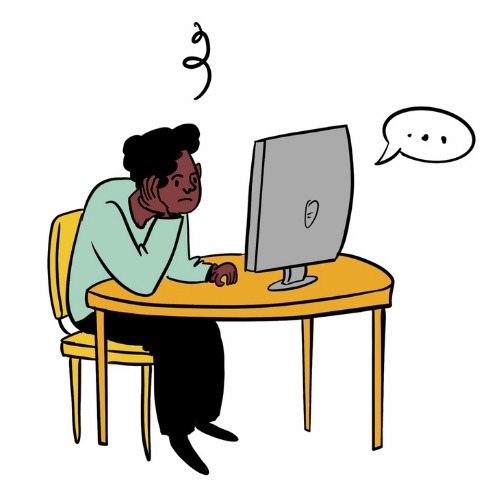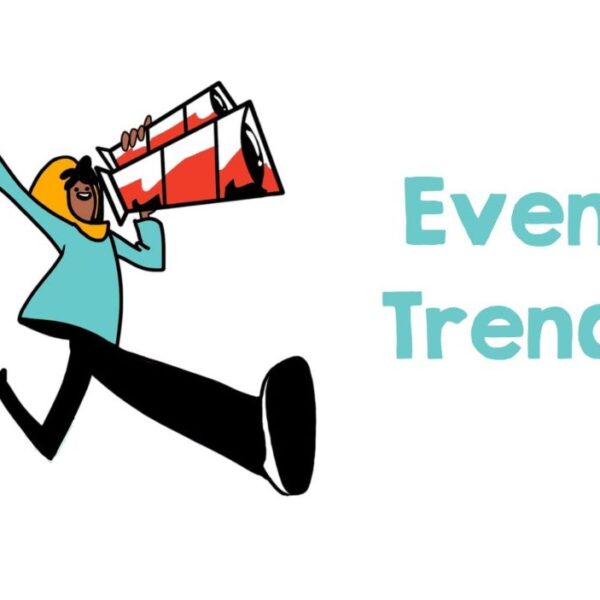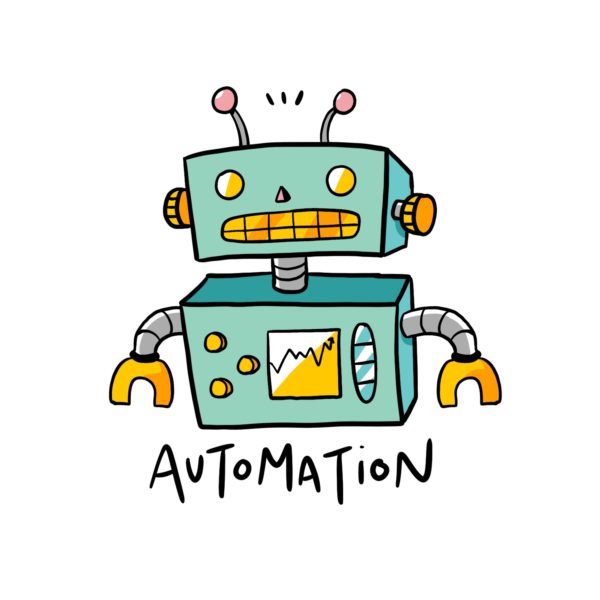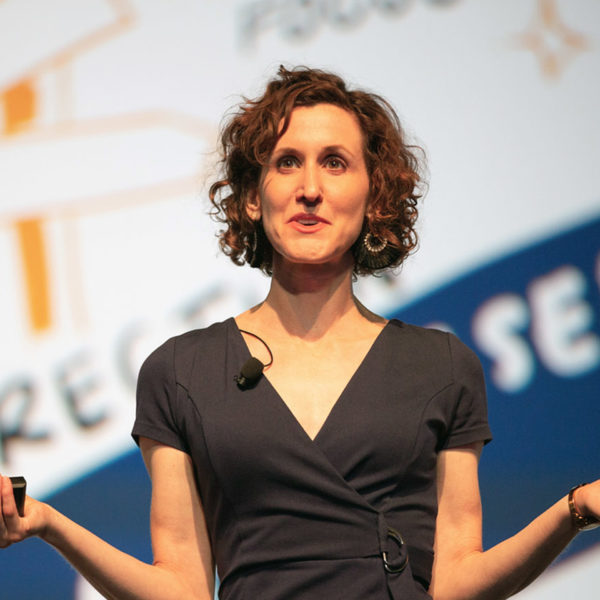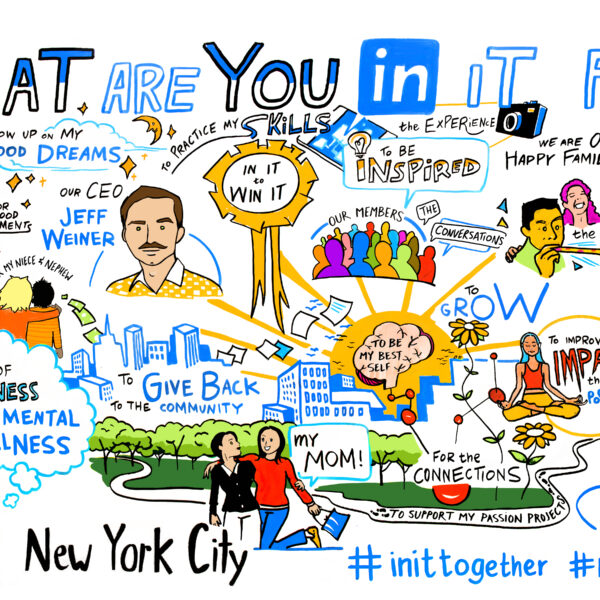When you look at your work calendar and see back-to-back meetings, what feelings come up? Is it excitement and energy? Or is it a sense of dread and feelings of avoidance? If your thoughts align with the latter, you could be facing meeting burnout. Meeting burnout is the result of unproductive and poorly designed meetings.
As of 2019, the World Health Organization (WHO) has now included burnout in the International Classification of Diseases, and identified it as “a syndrome conceptualized as resulting from chronic workplace stress that has not been successfully managed.” Burnout is characterized by three dimensions:
- Feelings of energy depletion or exhaustion
- Increased mental distance from one’s job, or feelings of negativism or cynicism related to one’s job and
- Reduced professional efficacy
It’s bad enough that employees are experiencing burnout on the job, but what’s worse is its impact. The American Psychological Association estimates that a staggering 550 million workdays are lost each year due to stress on the job. And, if we put a monetary value on those workdays, annually, $500 billion dollars is lost.
So, what can you do to mitigate this occupational phenomenon? Identifying the types and signs of burnout and implementing innovative tools and techniques can prevent the repercussions.
The Big Three of Burnout
The Association for Psychological Science found that burnout manifests itself in three different ways, each of which lead to disengaged meeting attendees.
- Overload: This type of burnout is most common, and often experienced by frenetic employees who work toward success until facing mental and physical exhaustion. This seems to lead to a stress overload and a tendency to throw in the towel. Someone dealing with overload might try to cope with their stress by emotionally venting about the organization and their responsibilities.
- Lack of Development: This version of burnout occurs when an individual is not stimulated enough by their job and is closely associated with an avoidance coping strategy. These under-challenged workers tend to manage stress by distancing themselves from work, a strategy that leads to depersonalization and cynicism – a harbinger for burning out and packing up shop.
- Neglect: Neglect burnout seems to result from lack of structure, development, or guidance in the workplace. It leads to a coping strategy based on giving up in the midst of stress. Even though these individuals want to achieve a certain goal, they lack the motivation to plow through the barriers to get to it.
Five Signs of Meeting Burnout
So, what is meeting burnout? It’s the result of any or a combination of the three types, leading to a room (or virtual room) of meeting attendees who lack energy, engagement, or motivation. Here are five tell-tale signs that you could be dealing with meeting burnout.
- Information Overload: In a virtual, hybrid, or in-person setting, it’s natural to feel overwhelmed by the staggering amount of information. Meandering meetings without a carefully designed agenda can lead to participants facing down a ton of information with little time dedicated to synthesizing ideas for actionable steps forward.
- Meeting Aversion: You find yourself trying to clear up your calendar and working over email, Slack, or Teams. The idea being that working this way is as productive and less time consuming that the lack-luster and exhausting meetings you’ve been attending where thoughts go unheard and progress is stalled.
- Losing Focus: A wandering mind in meetings means you come away with little to no new insights. The inability to focus in a meeting is a sign that you are not present and can’t sustain adequate productivity throughout your work day.
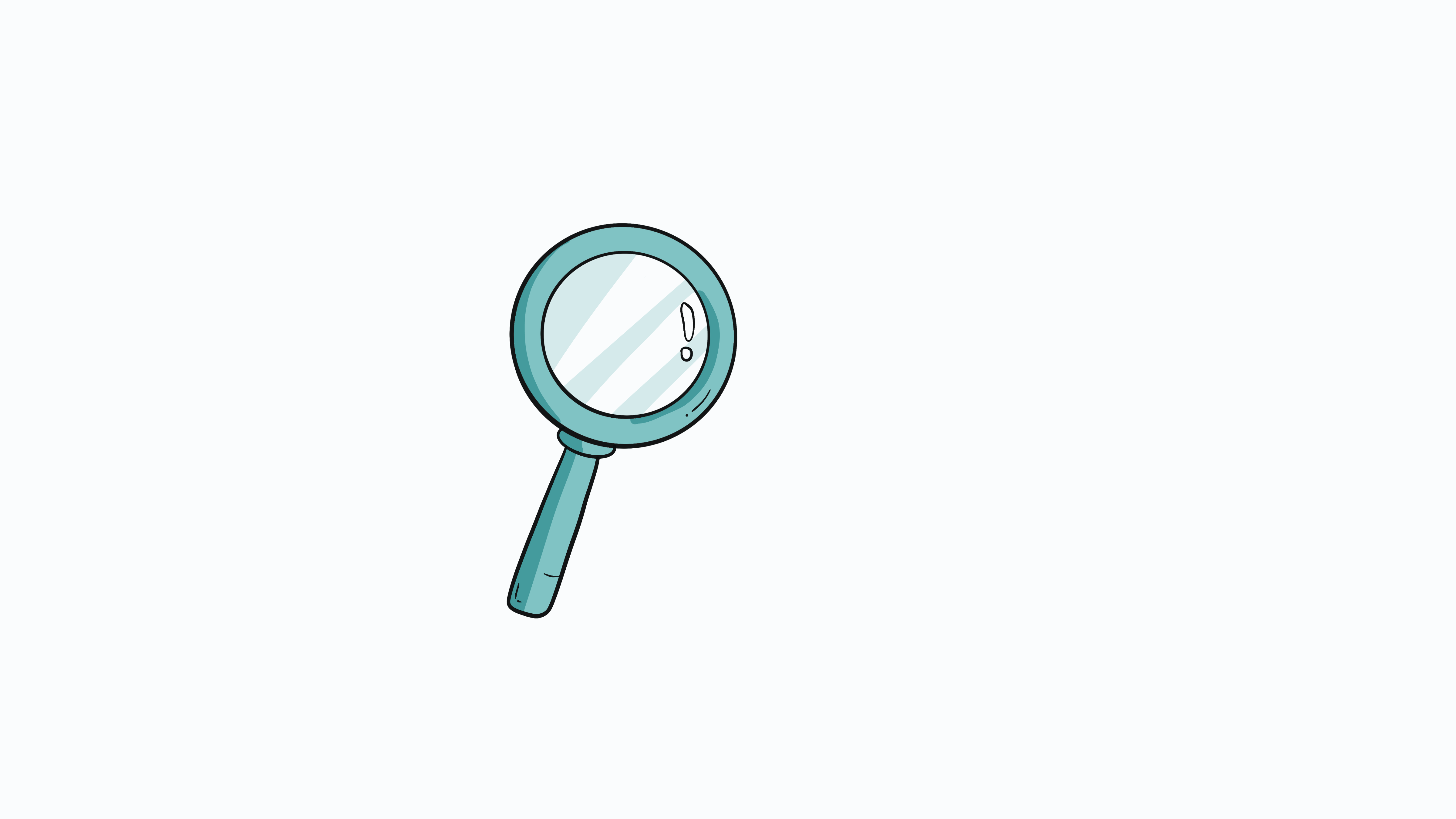
- Not Enough “Heads Down” Time: Too many meetings, not enough progress. What does that result in? That’s right. More meetings. As your calendar becomes booked with meetings, it becomes even harder to dedicate time for yourself and for your work.
- Harping Responsibilities: Experiencing one or many of these can culminate into feeling like your responsibilities are too much to handle. Deadlines become blurry and you find yourself needing to take more days for your health. This often exacerbates the problem.
The Key to Combatting Burnout…Better Meetings.
Better meetings mean less burnout. Bringing in a graphic facilitator can minimize the symptoms and avert the burnout impact.
Unstructured meetings are costly and halt productivity. Having an expert graphic facilitator conduct your meetings cuts down the information overload. Illustrated notes and agendas create clearer objectives and goals, protects your time, and leaves you more space for heads-down work.
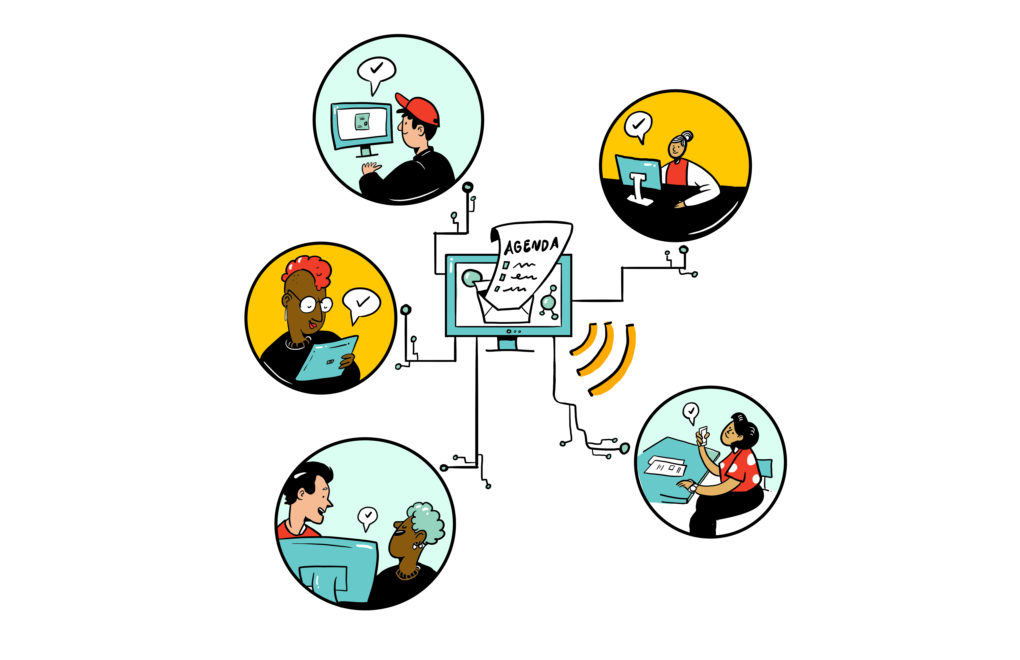
Using graphic facilitation means getting a full visual summary of your meeting that not only acts as a captivating tool for all attendees – but also shows participants that everyone’s insights are understood and represented, and that no ideas go unheard in the process. Seeing a visual representation of your contributions won’t leave you trying to clear up that calendar.
The visuals produced in a facilitated meeting also act as an actionable roadmap with a clear path to your goals. Participants should come away excited for next steps and clarity to see the bigger picture.
Are you ready to snuff out burnout by creating a better meeting? Call us or click here to learn more about how ImageThink’s graphic facilitation services can help revolutionize your in-person, virtual, or hybrid meetings.
